
Used to deliver top notch exactness parts everywhere volumes and low costs, plastic injection molding offers adaptable answers for a scope of uses.
While this procedure offers a few one of a kind advantages over other generation forms, the achievement of an injection shaped part relies on upon its mold; with the correct outline, durable, quality plastic parts can be made reliably and effectively. Poor outline can prompt to expensive and tedious preparing botches.
With a specific end goal to advance the viability of high-volume injection molding and boost the exactness and nature of your parts, a few key plan components ought to be considered before proceeding onward to creation.
Divider Thickness
You can reduce — and even eliminate — most injection molding part defects by taking the time to lay out a smart wall-thickness design. The key is to ensure that the thicknesses of all walls are as uniform as possible, as molten plastic will seek out the path of least resistance (in this scenario, larger wall areas), leaving smaller wall areas potentially unfilled.
Rib Design
Ribs are utilized to fortify the quality of a high-volume injection molded part. Ribs ought not surpass 70% of your parts divider thickness, be that as it may, nor should they fall under half of divider thickness; both situations can bring about soaking in the surface of your part. Additionally, make sure to give careful consideration to the tallness of the ribs, their area, and their level of draft for simplicity of discharge.
Boss Design
Bosses are part features serving as one component of a larger product that requires assembly. During assembly, bosses can serve as anchor locations for screws, pins, or other fasteners. These components have width and height recommendations similar to those of ribs. Pairing bosses and ribs, especially in corners, can strengthen your part and significantly reduce chances of sinking.
Corner Transitions
In high-volume plastic injection molding, parts with outrageous or unexpected geometric elements can be inclined to defects — liquid plastic streams in the easiest course of action, and brutal points can obstruct that development. At whatever point conceivable, all corners and divider creases ought to be bended, with coordinating inside and outside spans. Smooth corner moves take into consideration better plastic stream.
Weld Lines
Weld lines — otherwise called weave or merge lines — happen when two plastic streams, or two areas of a solitary stream, meet. They happen most ordinarily around gaps or different hindrances, with the plastic stream isolating to pass them and afterward returning together a short time later. Each plastic infusion formed part has weld lines: the objective is to plan your part so weld lines happen in areas that don’t trade off your part’s quality or respectability.
Gate and Vent Placement
The gate of a large-volume injection mold is the point at which molten plastic exits the mold’s runner and enters the part cavity. Both the type of gate you choose and where you choose to place it can substantially impact your part’s quality. Vents, which allow air to escape from the mold as plastic rushes in, are similarly important; when positioned properly, vents can help minimize weld lines.

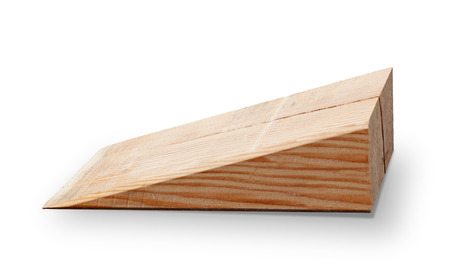
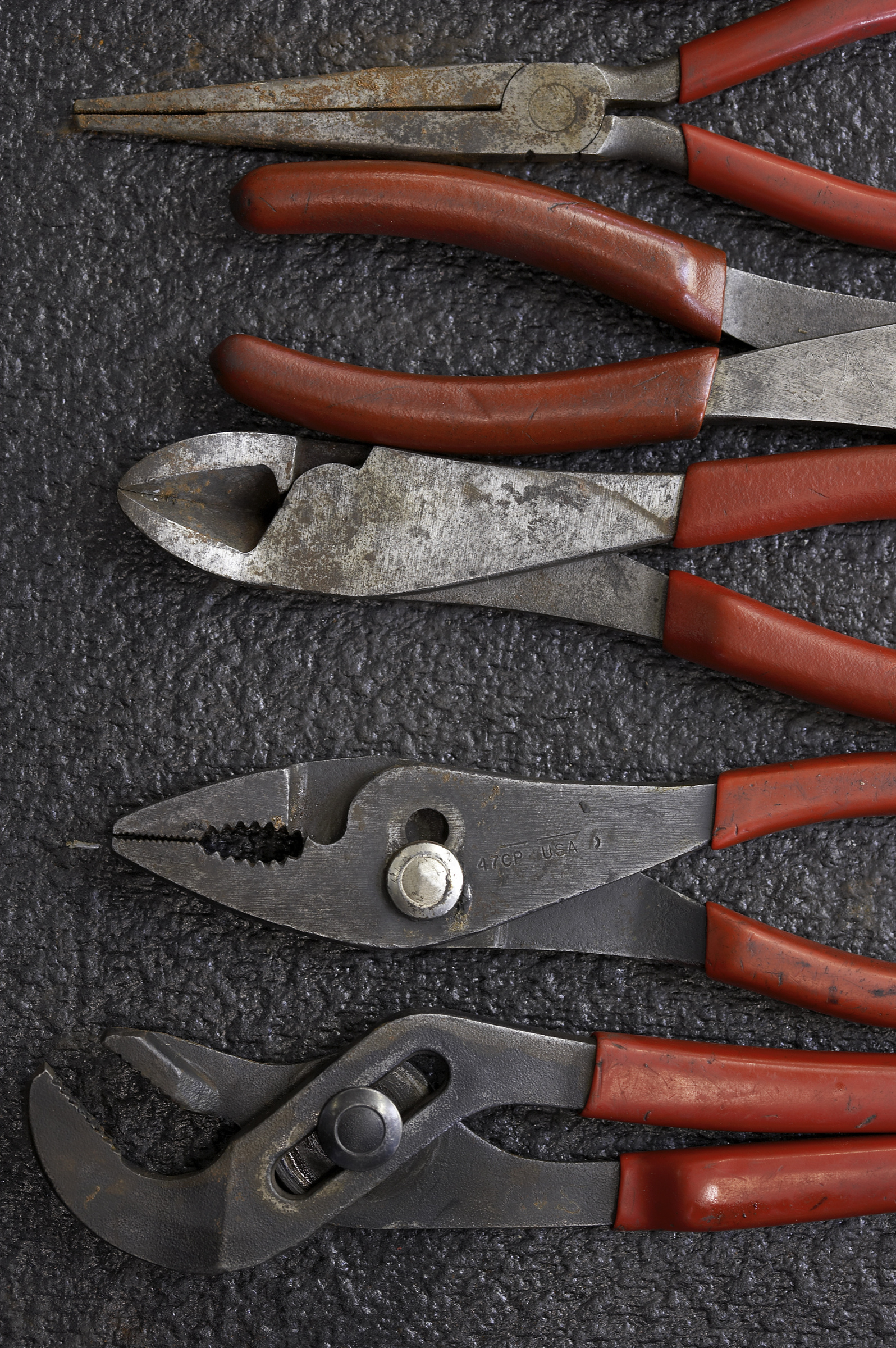
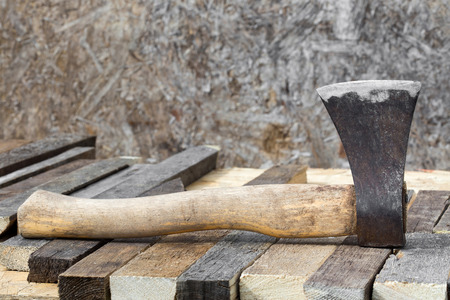
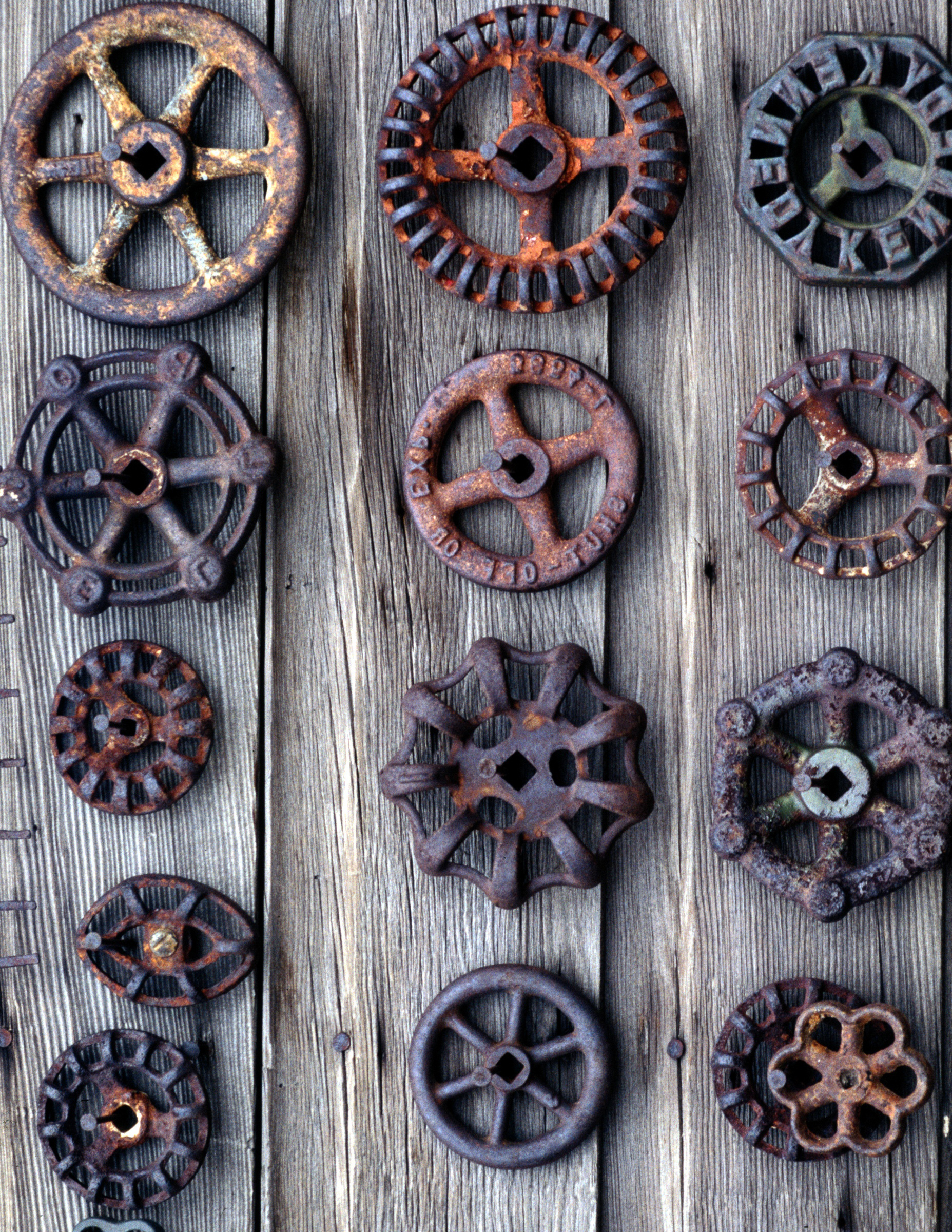
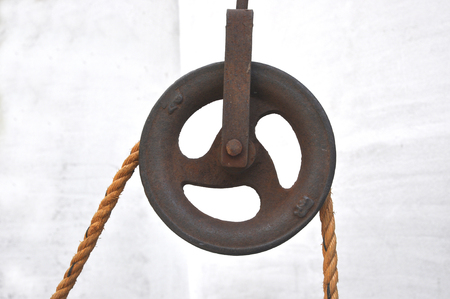
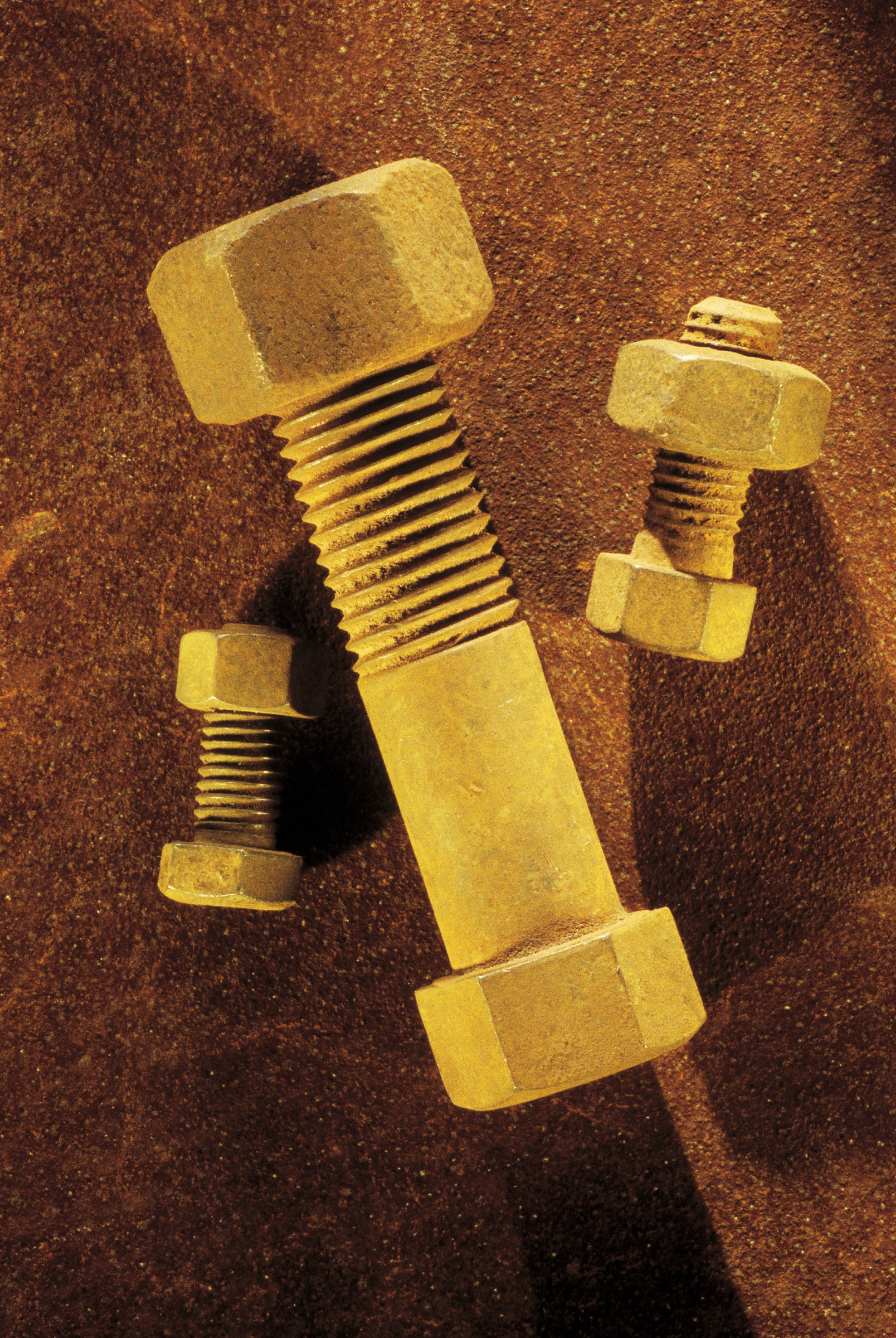
Recent Comments